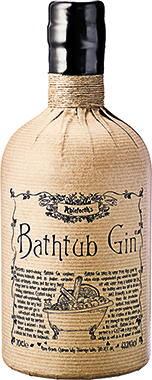Details
- Type: Gin Super Premium
- Country: England
- Brand name: Liverpool Gin
- Bottle size: 70cl
- Style: London Dry
- Price bracket: Super Premium
- Code: 33151
- Abv: 43%
- Format: Glass bottle
-
Key Ingredients:
- Juniper
- Juniper
-
 Vegan
Vegan
-
 Vegetarian
Vegetarian
-
 Organic
Organic
The product and allergen information provided has been supplied by the producer/manufacturer of the products. Matthew Clark gives no warranty or reliance as to the accuracy of the information. Although the information provided is correct at the time of publication, to ensure that you have the most up to date information please read the product label on delivery.
Profile
Juniper Gin
About the Spirit
Liverpool Gin is a 43% product made in Liverpool. Proudly distilled in Liverpool, Liverpool Gin is 100% organic and crafted using a secret blend of botanicals. Launched in 2017, this gin is supplied by Halewood.
Juniper
joo-nuh-puh
Without Juniper, there would be no gin at all. The origins of gin as we know it date back to 16th century Holland where Juniper and grain spirit were combined to produce a spirit called Genever. These 'berries' have a herbaceous, piney flavour with citrus notes.
The Country
England
The capital of London gives its name to the most popular English spirit, London Dry Gin. The home of gin and many liqueurs, England is increasingly producing craft vodka, rum and non-alcoholic spirits.
Explore England







